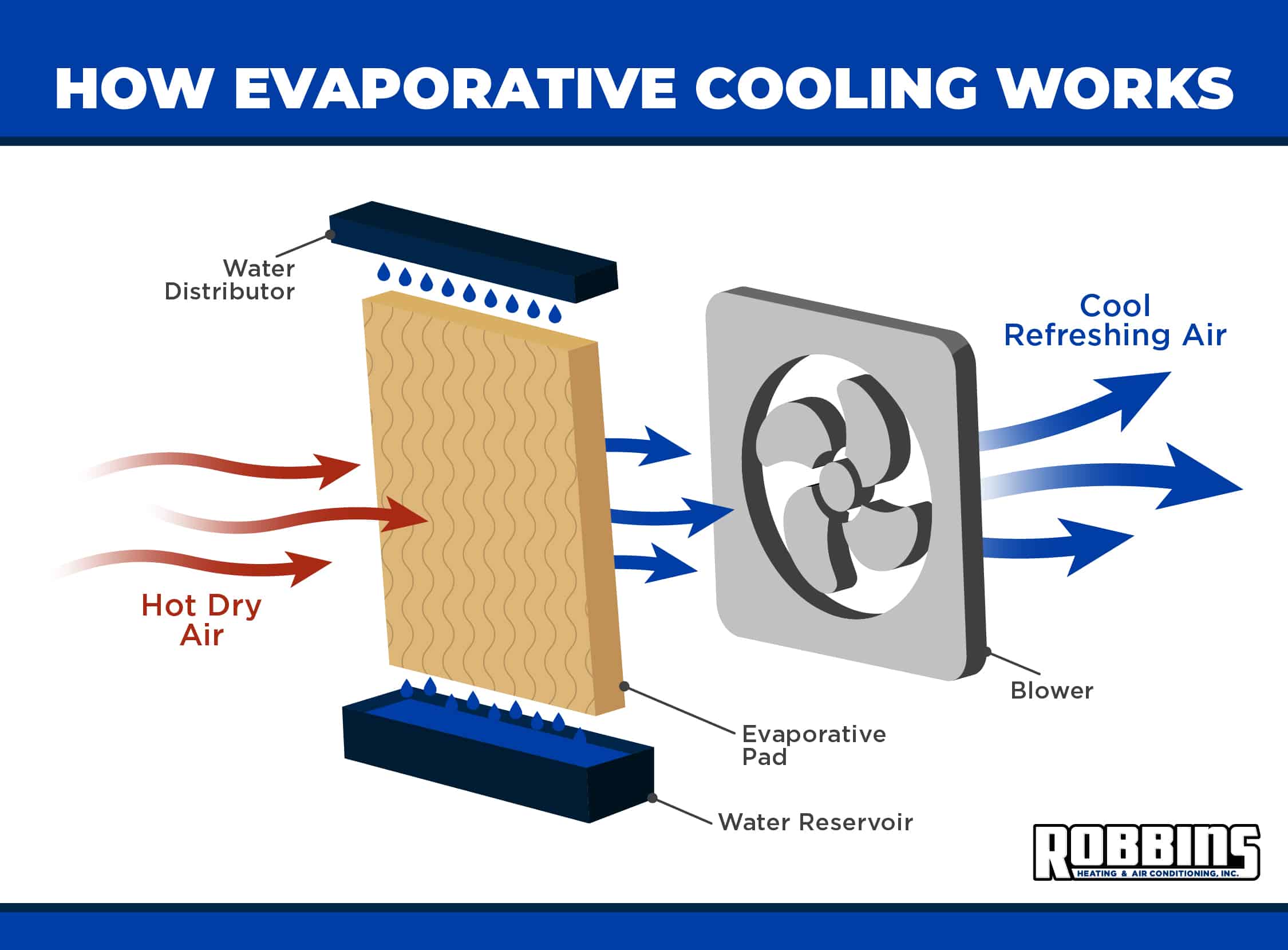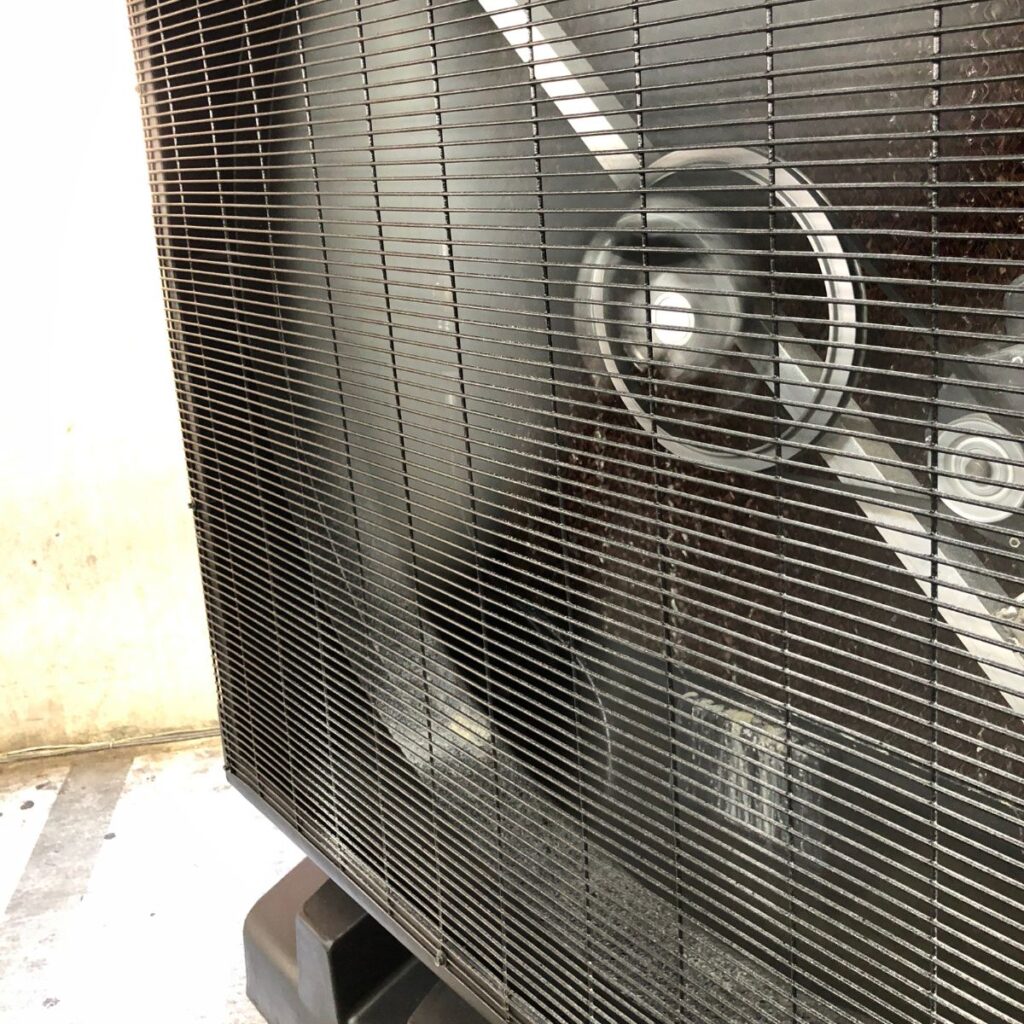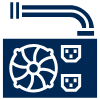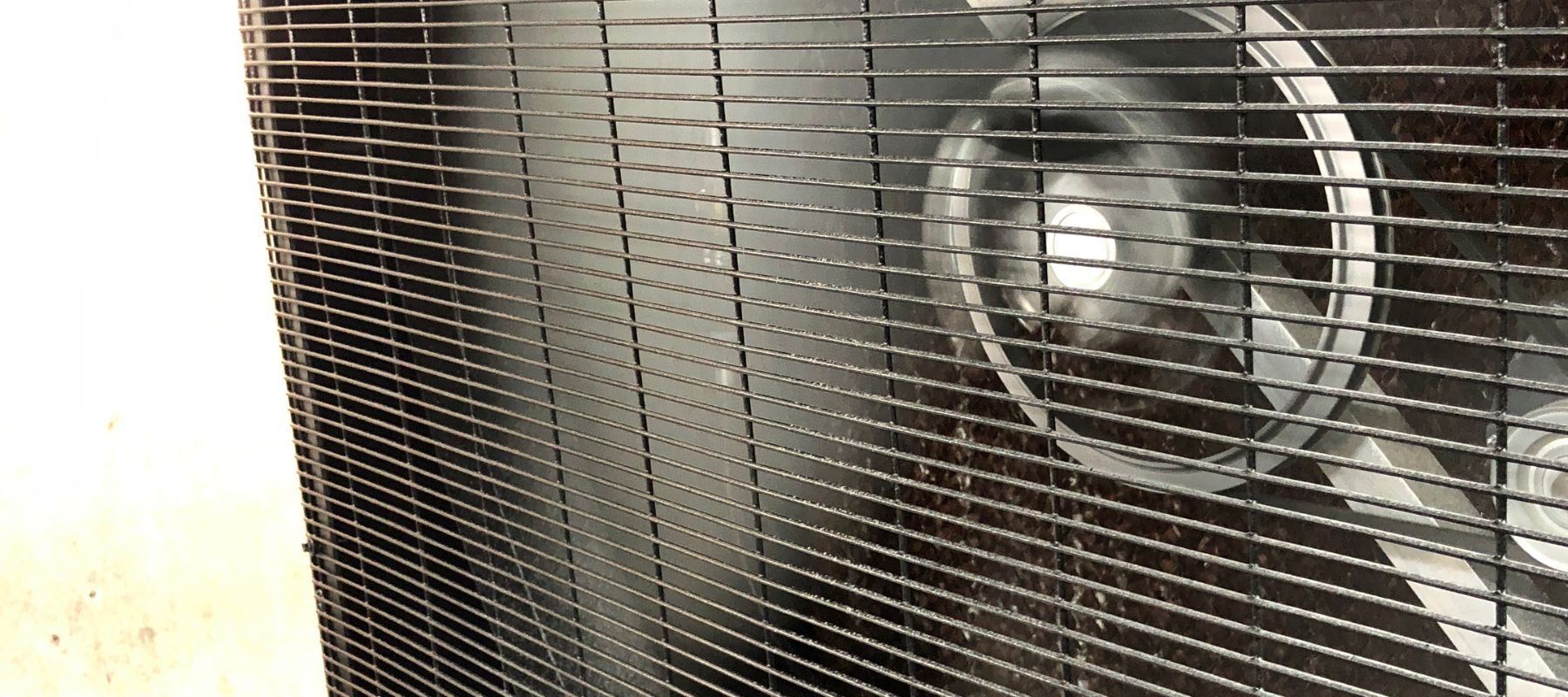Elevating Comfort With Evaporative Coolers
Given the hot, dry climate in Farmington, NM, a swamp cooler may be the perfect option for your home. A swamp cooler — also known as an evaporative cooler — works by using the principle of evaporative cooling to lower the temperature of the air.
It’s an energy-efficient alternative to traditional air conditioning systems.
The team at Robbins Heating & Air Conditioning has organized this guide to help you understand more about these cooling systems. Read on to learn how an evaporative cooler works and how our team can help keep your home cool!
Everything You Need To Know About Swamp Coolers
Evaporative Coolers: The Inner Workings
A swamp cooler is a bit of a misnomer — these systems do not make your space feel like a muggy swamp nor do they function in swampy areas. Instead, they use water to create cooler, more humid air to lower the temperature of an indoor space.
Usually, using water to get cooler involves getting in a pool! Here’s the process so you understand how this system cools your air:
- Moistening the air — A pump circulates water from a reservoir onto a cooling pad, which becomes very wet.
- Air circulation — A fan draws air from outside the unit through the moistened pad. As the air passes through the pad, it is cooled by evaporation.
- Humidity and climate — Swamp coolers work best in hot, dry climates where humidity is low. They are not effective in areas with high humidity, such as swamps.
- Airflow and ventilation — Cooled air inside the building is not recirculated, so doors or windows must be left open for this air to escape, or extraction fans need to be installed.
The process of evaporative cooling is based on the fact that when water evaporates, it absorbs heat from the surrounding air, lowering the temperature. This makes evaporative coolers an energy-efficient and environmentally friendly cooling option, particularly in dry climates like New Mexico.


Maximize Efficiency With Ventilation
These cooling units work on an open system and typically require open windows or doors to function effectively.
The open window or door helps maintain a balance between the amount of air entering the room and leaving the unit, which is essential for the efficient operation of the cooler.
This is particularly important for smaller units — such as those used for single rooms or offices — which are often placed in a window and rely on the open window to provide the necessary airflow. In larger units, it may not always be necessary to open a window, as the unit can be installed outside or on a roof, with ducts installed to help move the air around the space.
However, opening a window allows the warm air to escape, preventing the cooler from constantly working harder to cool the air that it has already cooled. Our team can work with you to determine the best installation option for your swamp cooler. Plus, we can answer other questions like “What time of day should I run my swamp cooler?” to make comfort easy to achieve in your home!
Swamp Cooler Factors To Consider
Let’s make your swamp cooler journey a breeze! Explore these must-know factors to ensure your cooling experience is as refreshing and worry-free as a gentle breeze on a hot day.
Several factors can affect the effectiveness of a swamp cooler, including:
- Climate — Swamp coolers are most effective in hot, dry climates with low humidity. They may struggle to cool effectively in areas and/or seasons with high humidity.
- Maintenance — Regular maintenance is essential for the effective operation of a swamp cooler. This includes cleaning, replacing cooling pads and ensuring proper water distribution. Neglecting maintenance can reduce the cooler’s effectiveness.
- Water quality — The quality of the water used in the cooler can impact its effectiveness. High mineral content in the water can lead to mineral deposits and corrosion, affecting the cooler’s performance.
- Airflow and ventilation — Adequate airflow is necessary for the efficient operation of a swamp cooler. This often requires leaving a window or door open to allow for proper air circulation.
- Size of the space — The size of the area being cooled can also affect the effectiveness of the swamp cooler. Larger spaces may require more powerful units to achieve the desired cooling effect.
By considering these factors and ensuring proper maintenance and operation, the effectiveness of a swamp cooler can be optimized for your home. Here at Robbins, we aim to keep our customers’ homes comfortable season after season. We’ll consider all the variables and come up with the perfect cooling solution for you!
Turn To Robbins For Trusted Cooling Solutions
As the sun beats down in Farmington, NM, our team is ready to help you keep your cool. Unveil the power of efficient and eco-friendly cooling that embraces nature’s breeze.
Experience indoor comfort and elevated well-being in your space with our swamp cooler services. With a legacy of HVAC excellence, we stand as your trusted cooling partner.
Ready to transform your home? Reach out to Robbins Heating & Air Conditioning for trusted swamp cooler repairs and installations. Embrace the cool. Your oasis in the New Mexico heat awaits!
Swamp Cooler FAQs: What To Know About Evaporative Cooling
Swamp coolers need routine maintenance to run efficiently and avoid issues like mold, mineral buildup or mechanical failure. At minimum, pads should be cleaned or replaced at the start of every cooling season and checked regularly for wear.
The water pump, fan belt, float valve and reservoir should all be inspected and cleaned to ensure proper function and water flow. At the end of the season, draining and thoroughly cleaning the unit helps prevent corrosion and bacterial growth.
A little upkeep goes a long way in maximizing performance and extending the life of the system.
Water usage varies based on the size and efficiency of the cooler, outdoor temperature and humidity levels. On average, a swamp cooler can use anywhere from three to 15 gallons of water every hour. While this may seem like a lot, the electrical consumption is minimal compared to that of traditional air conditioning systems.
Most swamp coolers use just a small motor and water pump, making them significantly cheaper to run on a day-to-day basis. For homeowners looking to cut cooling costs, this balance of water use and low electricity makes swamp coolers a smart seasonal option.
Swamp coolers can effectively cool an entire home — if the home is properly set up for evaporative cooling. Whole-house swamp coolers are typically installed on the roof or side of the home and connected to ductwork, which works to distribute cool air throughout the space.
However, their performance is most effective in single-story, open-layout homes. In multi-story or compartmentalized layouts, airflow may be more restricted, requiring additional units or strategic vent placement. Proper sizing and setup are key to ensuring even, consistent comfort throughout the home.
Climate can also play a role in system effectiveness, as swamp coolers can struggle to work in warmer weather. To learn whether swamp coolers are right for your home, call on our team.
With proper care and seasonal maintenance, most swamp coolers last 10 to 15 years, sometimes longer. The lifespan depends on several factors, including how frequently the system is used, the mineral content in your local water supply and how well the system is cleaned and maintained.
Regular inspections, pad replacements and keeping components free of buildup can extend the cooler’s useful life and improve overall efficiency.
Yes, swamp coolers come in several types to suit different spaces and needs. Portable swamp coolers are compact units ideal for spot cooling in a single room. Window-mounted swamp coolers offer more airflow and can cool medium to large spaces with proper ventilation.
For full-home cooling, ducted whole-house swamp coolers connect to the HVAC system and provide the widest coverage. There are also down-draft and side-draft styles, each designed for different home layouts and installation preferences.
Choosing the right swamp cooler type — or choosing between swamp coolers and traditional air conditioning — depends on your cooling goals, home size and existing infrastructure.
More Air Conditioning

AC Repair
Quick relief from the summer heat with AC solutions!

AC Replacement
Count on cool air all summer long with a new AC unit!

AC Tune-Up
Our team gives your system a thorough inspection!

Commercial AC
Frosty solutions for every Farmington business' needs!

Duct Services
Clear the way for smooth air delivery in your home!

Heat Pumps
Versatile heating and cooling - the ultimate home comfort!

Indoor Air Quality
Your home, your life – make it as healthy as possible!

Mini Splits
Lose the ducts for hassle-free air conditioning!

Smart Thermostats
Embrace convenience with smart thermostat tech!




